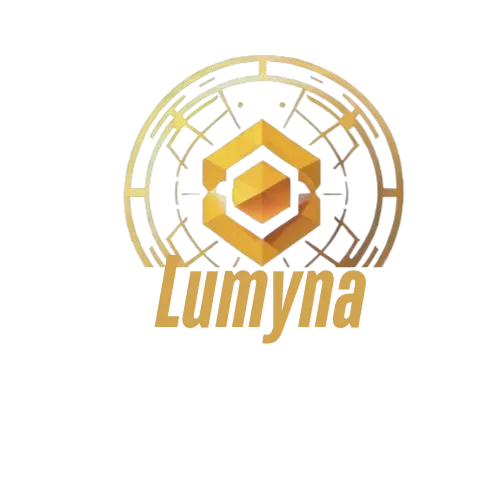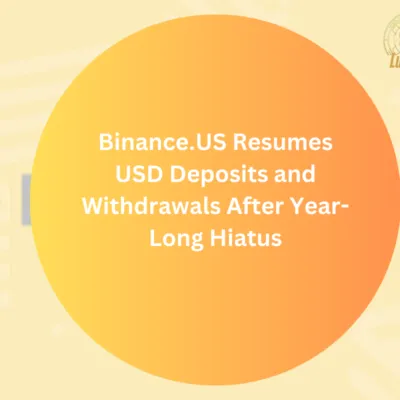
What is Proof of Work?
Proof of Work (PoW) is a consensus mechanism used in blockchain networks to validate transactions and secure the system by requiring participants, called miners, to solve computationally intensive mathematical puzzles. Introduced with Bitcoin, it ensures that adding new data (blocks) to the chain is difficult and resource-heavy, preventing fraud like double-spending while maintaining decentralization and trust without a central authority.
Who created Proof of Work?
PoW was pioneered by Satoshi Nakamoto for Bitcoin, detailed in the 2008 whitepaper and implemented in 2009. However, its roots trace back to earlier concepts: Cynthia Dwork and Moni Naor proposed it in 1993 to combat spam, and Adam Back’s Hashcash (1997) refined it for email security. Nakamoto adapted it for a decentralized currency, making it the first widely recognized blockchain consensus mechanism.
When is Proof of Work used?
PoW runs continuously in networks like Bitcoin, producing new blocks roughly every 10 minutes, and in others like Litecoin or pre-2022 Ethereum at varying intervals. It’s been a cornerstone since Bitcoin’s launch, though its dominance waned in the 2020s as alternatives like Proof of Stake (PoS) gained favor due to energy concerns. Still, it remains active 24/7 in supported systems.
Where is Proof of Work applied?
PoW operates on global networks of mining nodes, computers ranging from individual rigs to industrial farms—spread across continents. Bitcoin’s network, for instance, spans thousands of miners in places like the U.S., China, and Iceland, wherever electricity and hardware are accessible, securing transactions worldwide.
Why use Proof of Work?
PoW ensures security through computational effort: altering the blockchain requires redoing vast amounts of work, making attacks (e.g., 51% attacks) expensive and impractical. It enables trustless consensus, allowing untrusted parties to agree on a single truth. Its robustness has kept Bitcoin secure for over a decade, proving its reliability despite high energy costs.
How does Proof of Work work?
Miners compete to solve a cryptographic puzzle—finding a nonce (random number) that, when hashed with transaction data, produces a result below a target value (e.g., starting with multiple zeros). This requires trial-and-error, consuming significant computing power. The first miner to succeed broadcasts their block; others verify it, add it to the chain, and the winner earns a reward (e.g., 6.25 BTC as of 2025, plus fees). The difficulty adjusts periodically (e.g., every 2,016 blocks in Bitcoin) to maintain consistent block times, ensuring stability as hash power fluctuates.
Related Questions:
- Is PoW secure? Extremely—its computational barrier deters attacks, though it’s vulnerable if one entity controls over 50% of the network’s hash rate.
- What’s an example of PoW? Bitcoin, where miners globally secure the chain by hashing blocks.
- Why is PoW criticized? It consumes massive energy—Bitcoin alone rivals some countries’ usage—sparking environmental debates.
- How does it differ from PoS? PoW relies on computing power and energy; PoS uses staked crypto, trading resource intensity for efficiency.




